Until the fall of communism in 1989, the Danube was a river that flowed mostly through the “other side” of the Iron Curtain. After Vienna, which back then was officially "neutral" (neither East nor West), the Danube would travel along the Slovak end of Czechoslovakia and then south and east through Communist Hungary, Yugoslavia, Bulgaria, and Romania, before emptying out near the old Soviet border (today’s Ukraine and Moldova).
It’s easy to forget that fact these days, but as I sat at my parents’ condo in Florida earlier this month and paged through my crumbling copy of Magris’s “Danube,” I was instantly transported back to the 1980s, when I was a student in New York and the Danube was essentially a “communist” river. The river felt as unreal and inaccessible back then as the moons of Saturn.
I loved “Danube” back in the day and was eagerly looking forward to reveling in some fuzzy nostalgia and letting my mind wander. That is until I got about a third of the way into the book and it dawned on me that “Danube” hadn’t actually aged very well. The ideas, characters, and events that animated Magris more than 30 years ago (and captivated my own imagination as a grad student) seemed as removed from our present day as a history of the Thirty Years War. I can’t say I didn’t enjoy the re-reading (I did), but it was tough sledding at times.
That struck me as sad and got me thinking about what had changed in those three decades – I mean about the Danube and about myself.
First, a bit about the book for readers who might not be familiar with it: Magris (who’s still alive at age 79) was a leading European literary and cultural historian of his day – a contemporary of fellow Italian professor and writer Umberto Eco and similarly revered. In “Danube,” Magris set out to tell the river’s story -- from the waterway’s source in southern Germany all the way to the Black Sea -- from the perspective of a literary historian.
The book’s conceit is to use the cities and places along the waterway as points of departure for Magris to wax lyric on any idea that catches his fancy. He’s incredibly well-read, and sections of the book effortlessly drop references to characters and subjects (major and minor) along the water as wide-ranging as Martin Heidegger, the various Habsburg emperors, the Napoleonic wars, Viennese writer Franz Grillparzer, Sigmund Freud, the Saxon minority in Romania, and Dr. Mengele (of Auschwitz fame) -- to name just a few.
The book begins in southern Germany, with the first few sections devoted to a comical debate -- still raging as I write this – about where the Danube actually originates: in the town of Donaueschingen or Furtwangen? (I'm staying neutral on that one.) The sections and chapters proceed apace, first eastward through Germany and then south to the former Habsburg lands of modern-day Austria. I confess I didn’t remember this part of the book from my earlier reading, but maybe that was because I was never much interested in Germany as a student. Good news, though, for anyone coming along on that National Geographic cruise: I learned a ton of interesting things to say about Regensburg and Passau.
Magris devotes large sections to both Vienna and Budapest, before continuing southward into Vojvodina and modern-day Serbia. After spending a disproportionate amount of time in the Banat village of Bela Crkva, and lamenting the disappearance of its former ethnic diversity, he carries on into Romania and Bulgaria, and eventually ends, like the river, at the Black Sea.
The beauty of the book – which may also be its undoing – is the sheer number of people (and ideas) Magris introduces on just about every page. I’ll list a few more names at random to give a something of the flavor: German feminist playwright Marieluise Fleisser (“the finest bosom in Central Europe"); Viennese writer Peter Altenberg (“a homeless poet in love with anonymous hotel rooms”); Slovak Communist poet Ladislav Novomeský (who fought for both the Marxist revolution and “the melancholy of the East”).
It’s breathless stuff, honestly, and as I paged through the book I was constantly reminded of Central Europe’s rich cultural history. But I also found myself wondering how much any of this would resonate with modern readers for whom the Danube is just another waterway in the European Union. The answer is probably not much, and that feels like a loss.
In re-reading “Danube” it occurred to me that part of the book’s appeal to Western readers in the 1980s probably derived from the inaccessibility of much of the river – passing through closed countries like Hungary, Bulgaria, and Romania. Back in the day, it was tantalizing stuff to imagine what life must be like for ethnic Germans stranded in the Saxon towns of Ceaușescu’s Romania or for Slavic villagers hanging on in the tiny hamlets of the Banat -- sliced by the Danube into Romanian and Yugoslav halves. How amazing those old Art Nouveau townhouses of Budapest must have seemed, artfully described by Magris in his section on “Pannonia,” as they crumbled in disrepair.
A second thought might be that communism itself bound the countries along the eastern Danube into a shared experience that somehow elevated and animated the ideas and characters coming from that side of the Iron Curtain. As college students in New York, we devoured books by Eastern European writers like Hungarian György Lukács and Yugoslav (Serbian) Danilo Kiš. I don't mean to devalue these figures by implying their works were merely elevated by communism (and not worthy on their own merits), but many of these writers derived their street cred (in our minds, at least) principally by mocking and rationalizing the absurdities of life in then-Eastern Europe. Most of the countries along the Danube are now part of the European Union, and the ideological stakes don't feel nearly so high.
In retrospect I can see where Magris’s book hit the sweet spot for me as a student. At the time, his fantasies were my fantasies too.
Thankfully, not all of the quirks and absurdities have been scrubbed from Eastern Europe or the Danube, as Magris reminds us at the end of the book with his description of the Romanian port of Sulina (see map, below) – which just happens to be one of my own favorite places along the river.
Sulina lies at the mouth of the Danube, just above where the river enters the Black Sea. It’s been a seafaring town since Byzantine times but came into its own only in the mid-19th century with the growth of steamboat traffic. As transport technology evolved, the Danube grew in importance as a commercial artery for reaching inland ports. Holding back the river’s development, however, was the fact it crossed over several empires, the Ottoman, Russian, Habsburg, and German, along its course. Enlightened officials from across the continent at the time called for opening up the river to vessels from all countries, and a kind of mini-European Union -- the European Commission of the Danube -- was established at Sulina in 1870 to ensure all this happened.
As the unlikely seat of an international organization, Sulina rapidly became home to a diverse group of residents, including Russians, Romanians, Greeks, Turks, Armenians, and Jews as well as a smattering of citizens from countries across Europe, including Britain, France, and Germany.
A taste of this diversity and the comic, dramatic overtones of having so many nationalities crammed into such a small space was captured in the popular 1933 novel “Europolis” by Romanian author Eugeniu Botez (writing under the name “Jean Bart”). From the book at least, little Sulina was quite a bawdy place – home to countless saloons, rivalries, and more than a few illicit liaisons dangereuses.
Little of this former vitality survived WWII and the subsequent Ceaușescu era, and at first glance, modern-day Sulina doesn’t appear to be anything special. It’s a classic one-horse, Danube Delta town, with a row of struggling storefronts and restaurants aligned on the main street (conveniently called “Str Principal”) that parallels the river. The further inland you go, the more shambolic the place gets, until you reach Str III or Str IV, which is essentially a dirt road. (It's one of the least likely places on earth you'd expect to have ever hosted an international organization.)
But if you know a bit of the history, it’s actually a fascinating place. Sulina’s Lighthouse, the headquarters of the old Danube commission, is still standing. Indeed, the commission’s founding plaque can still be seen on the side of the building.
The best place to get a feel for the old seaport in its heyday is, ironically, Sulina Cemetery, about 2 kms outside the center toward the Black Sea. This is where the various faiths and nationalities still rub shoulders (so to speak). There’s even a row of fallen British sailors from the 19th century, arrayed just in front of the cemetery’s small chapel (see the photos).
Come to think of it, a cemetery, sadly, might just be a fitting place for Magris's book to end.
In researching this post, I came across two excellent newspaper stories on the Danube, both of which grapple with Magris's book in the same way I did: Richard Bernstein's "The Danube Transformed," appearing in the New York Times, and Richard Flanagan's Guardian story: "Why Claudio Magris's Danube is a timely elegy for lost Europe."
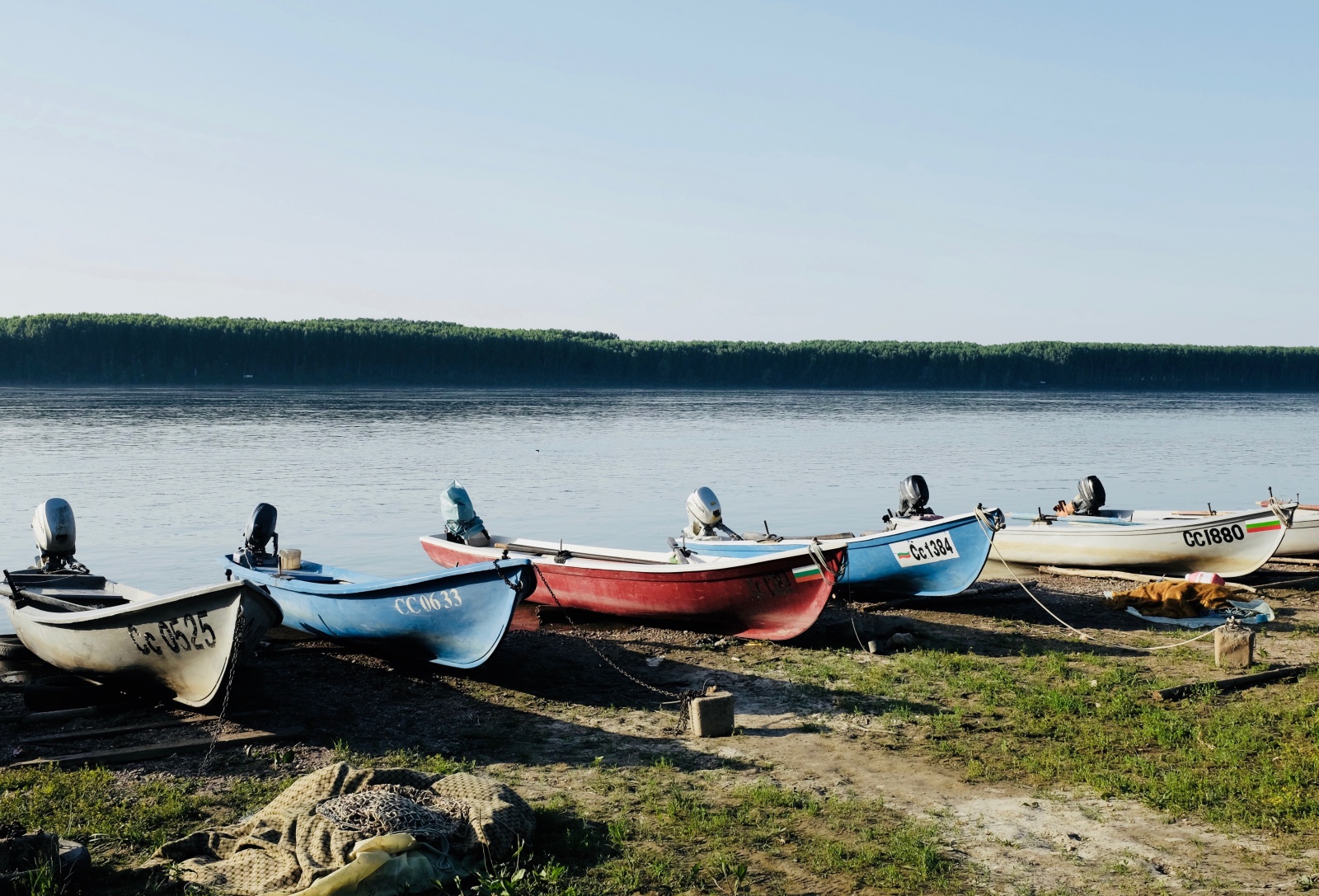
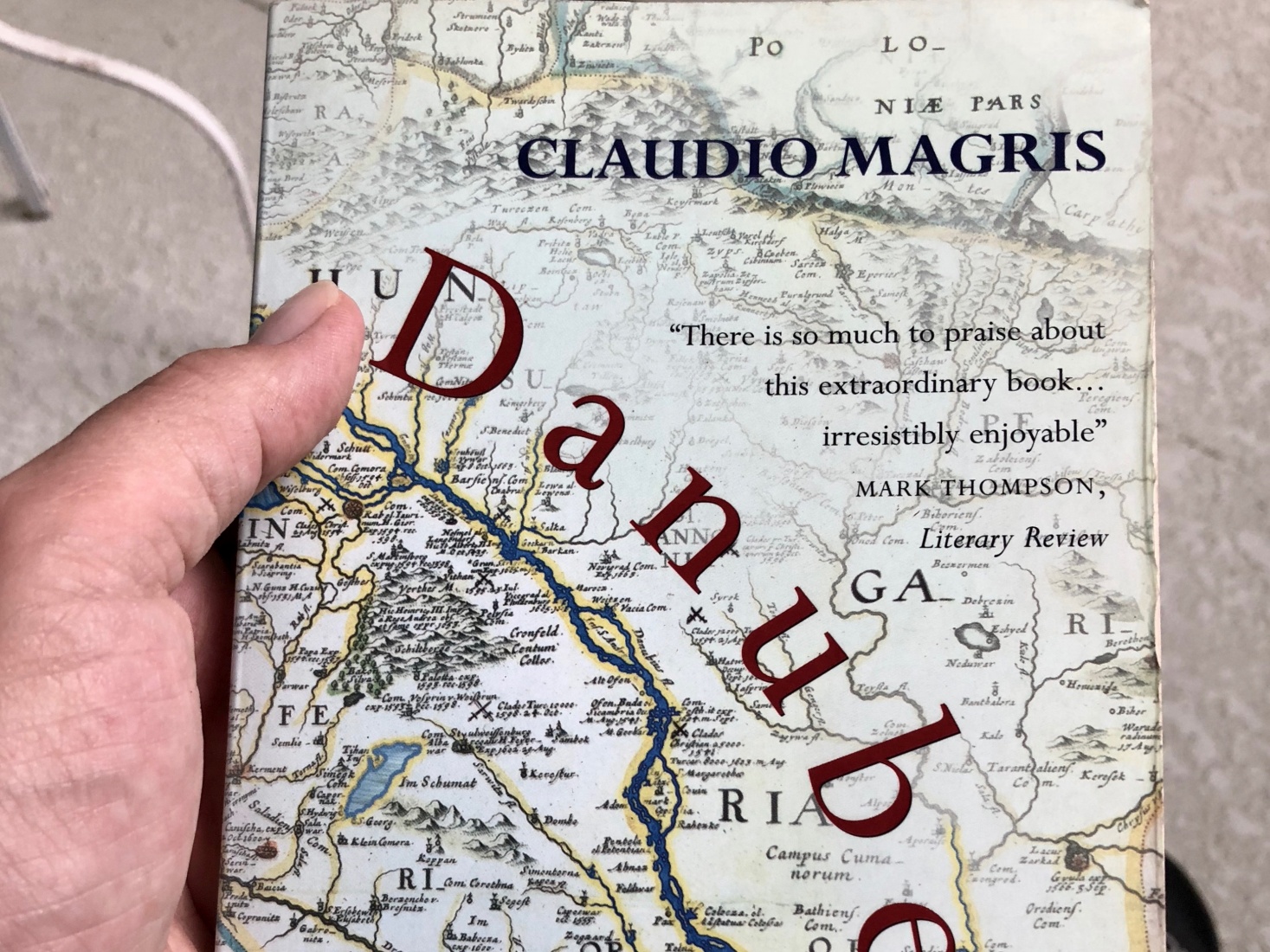
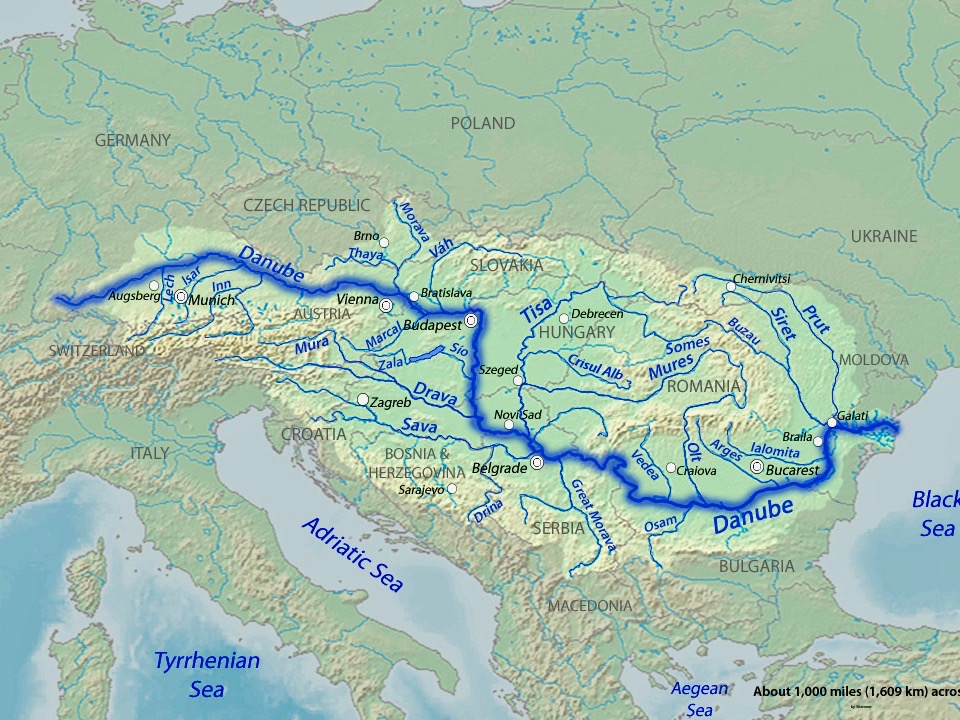
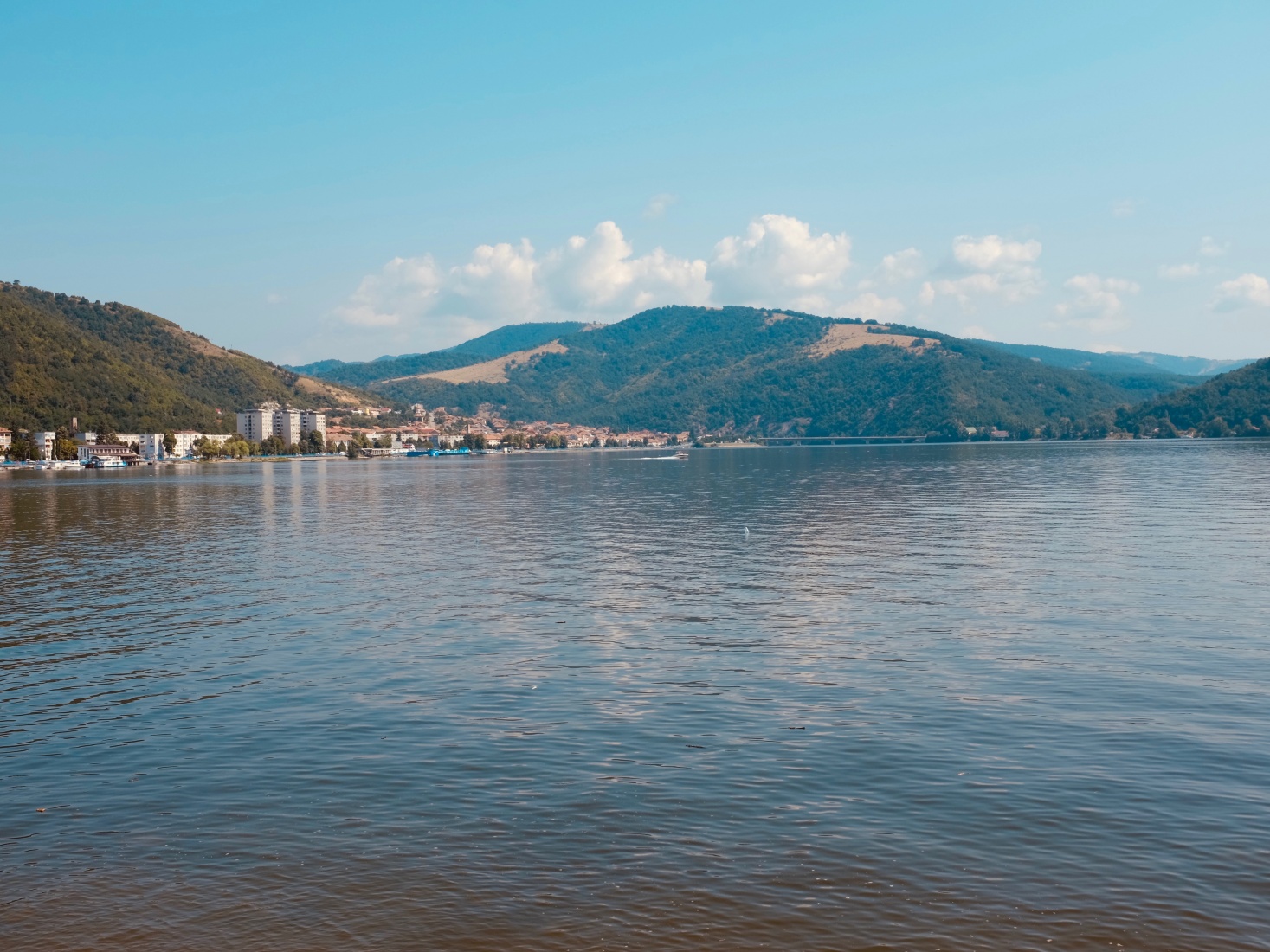

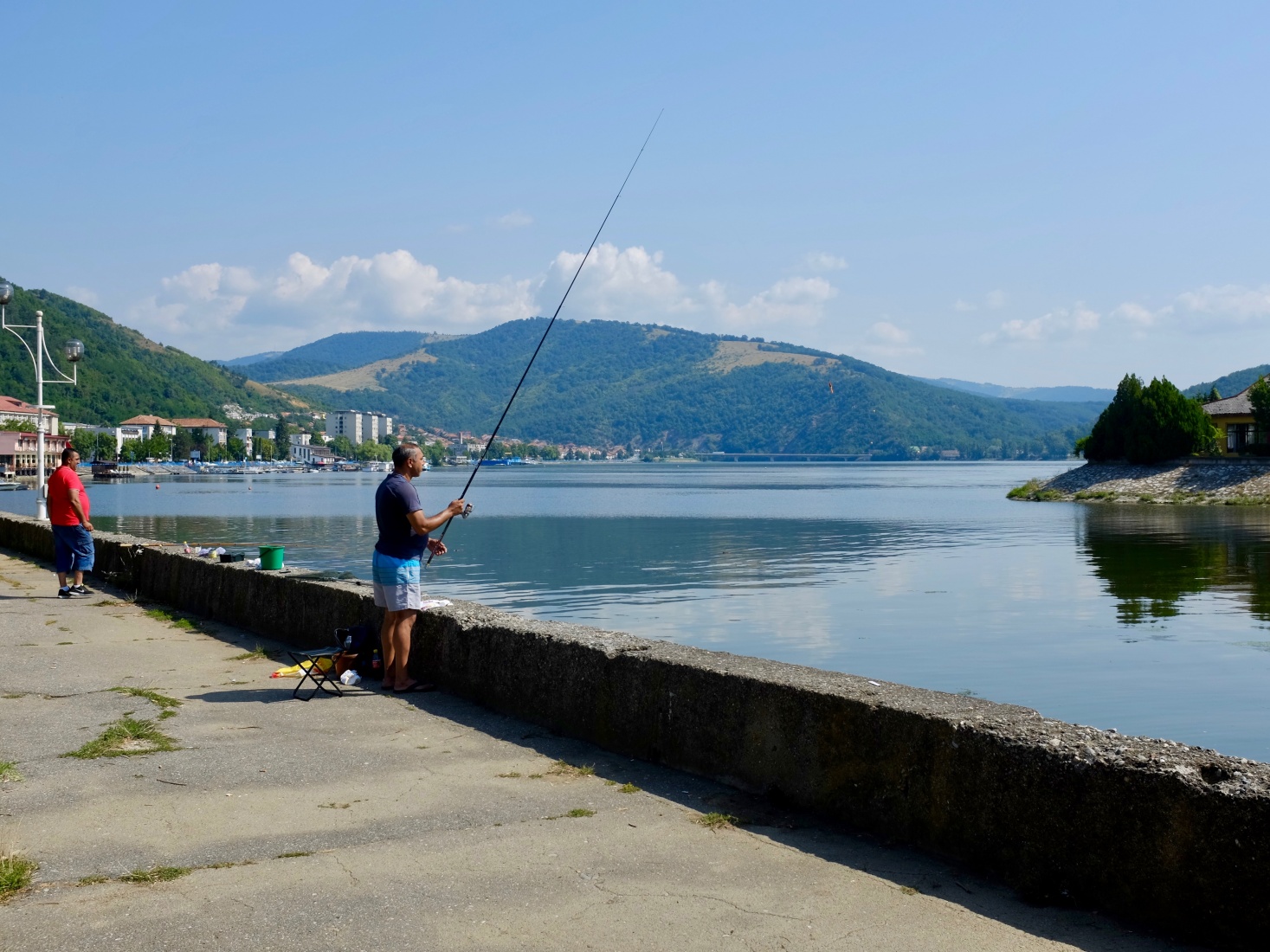
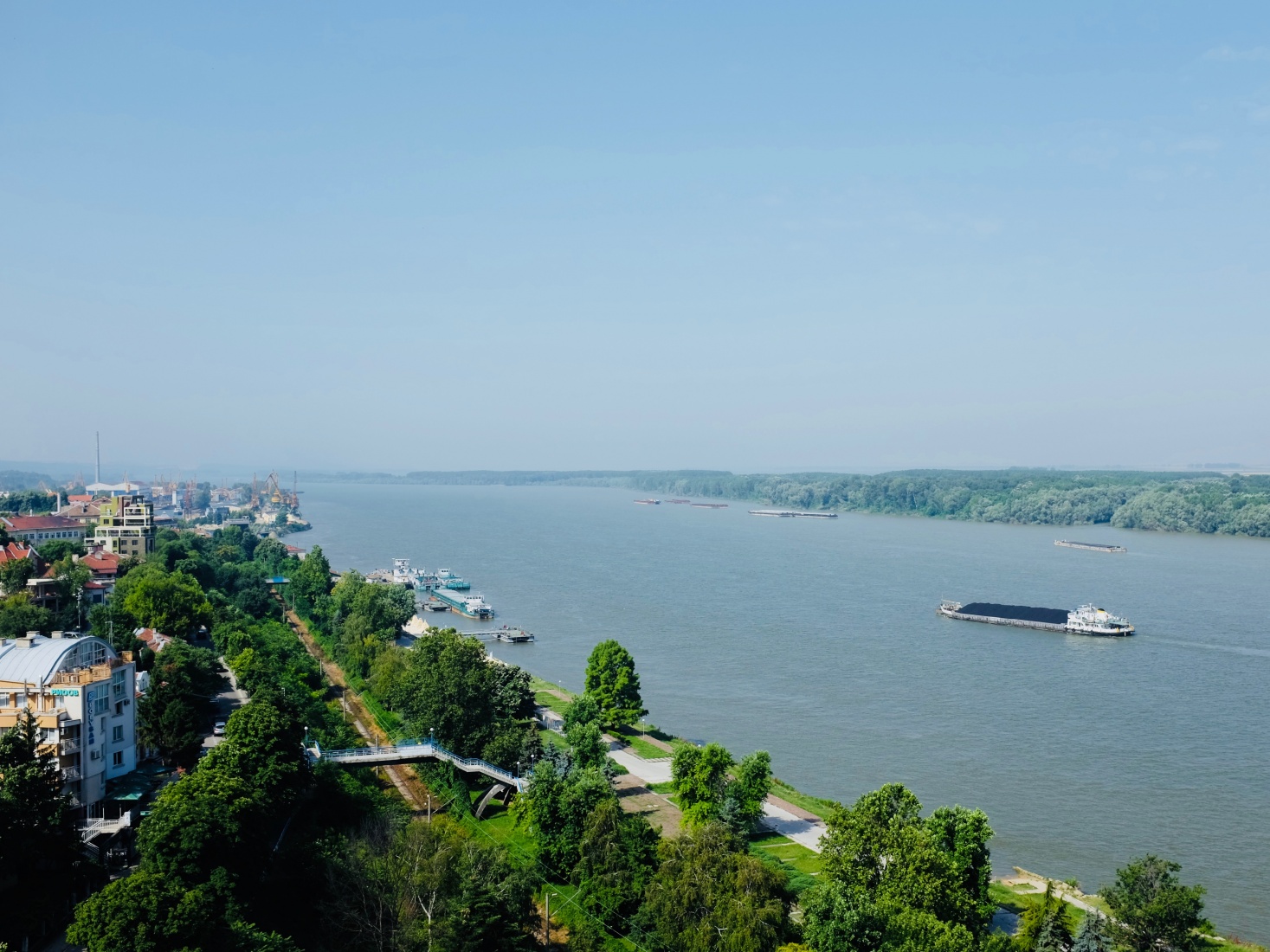
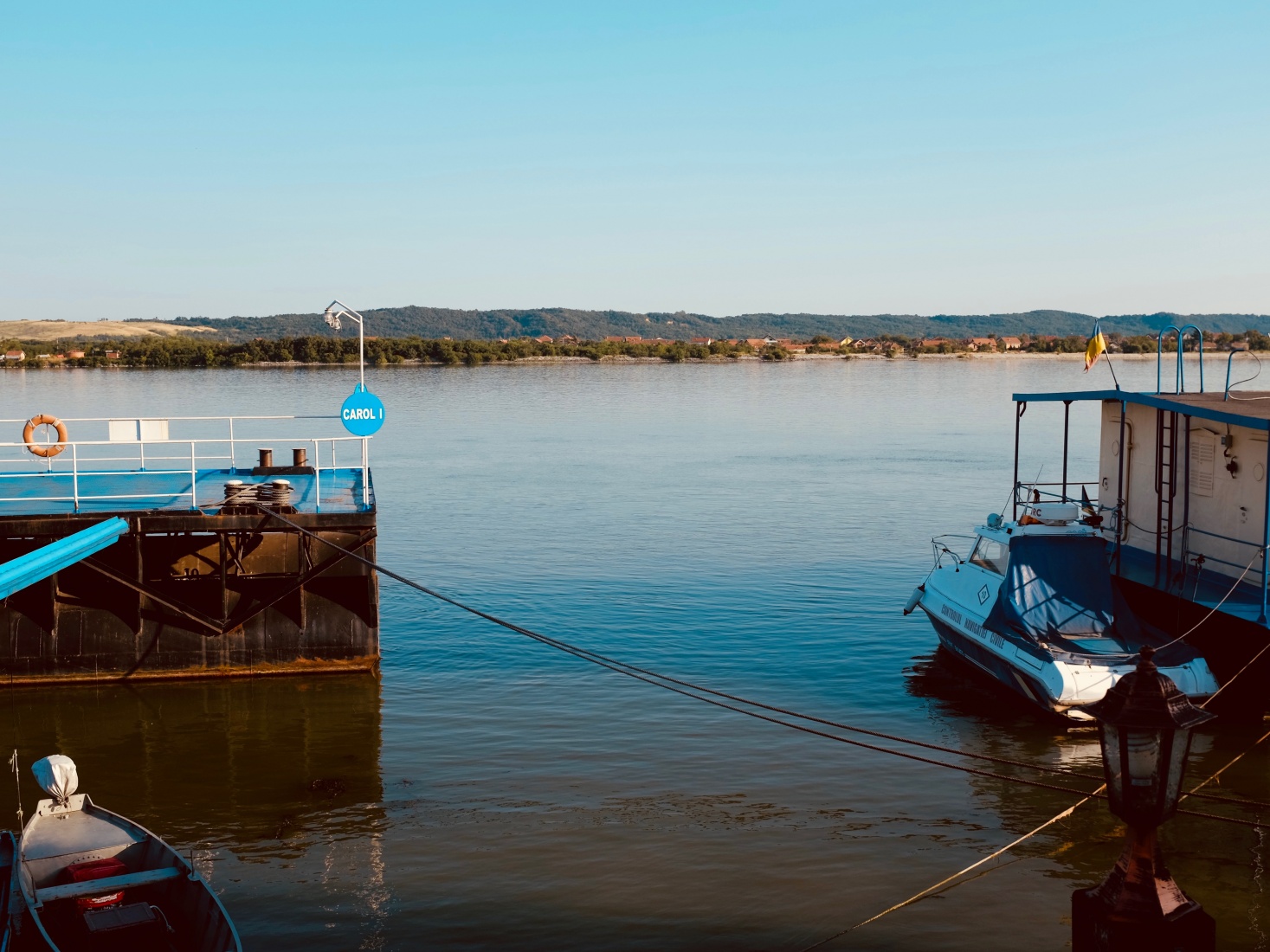
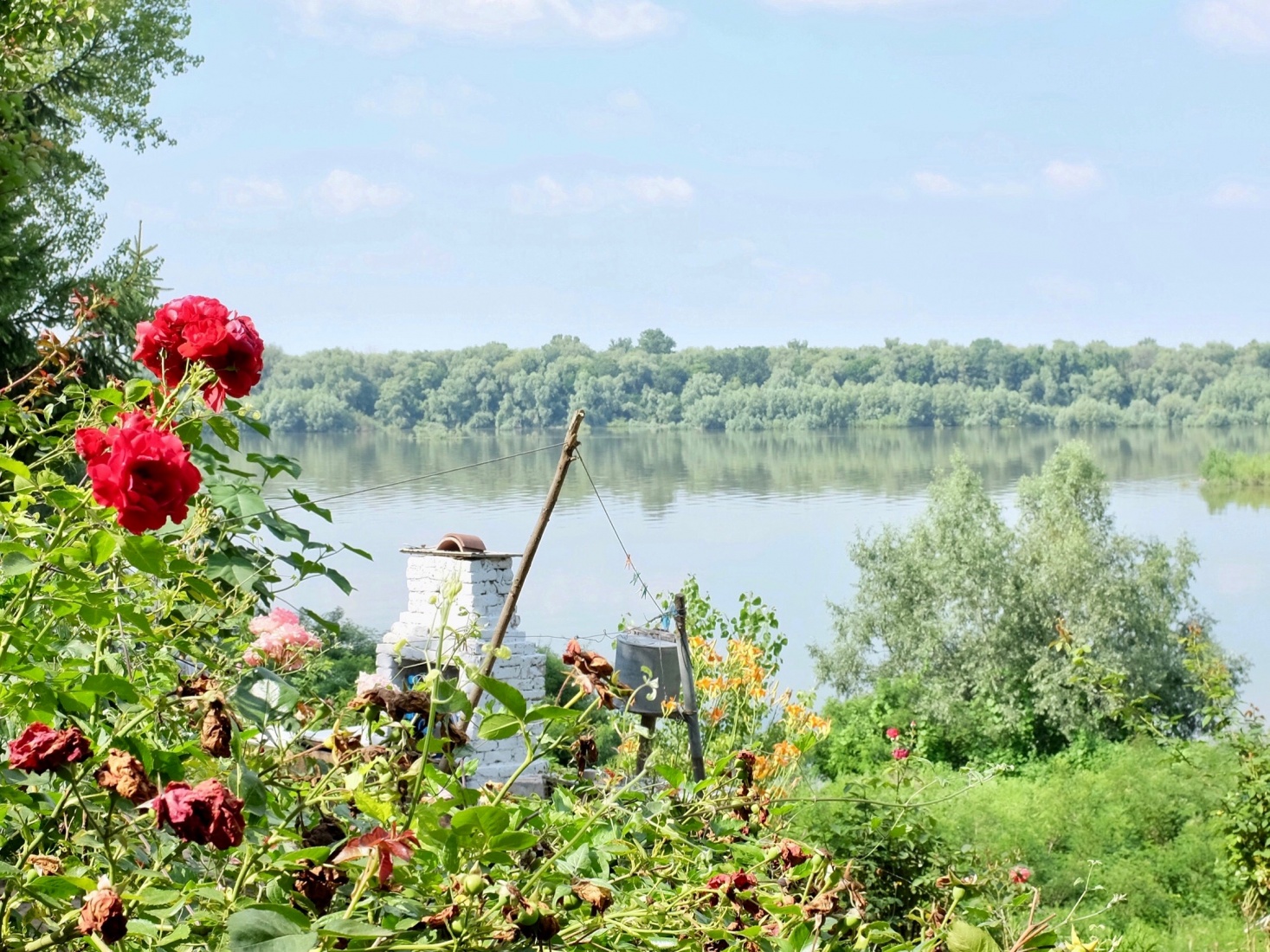
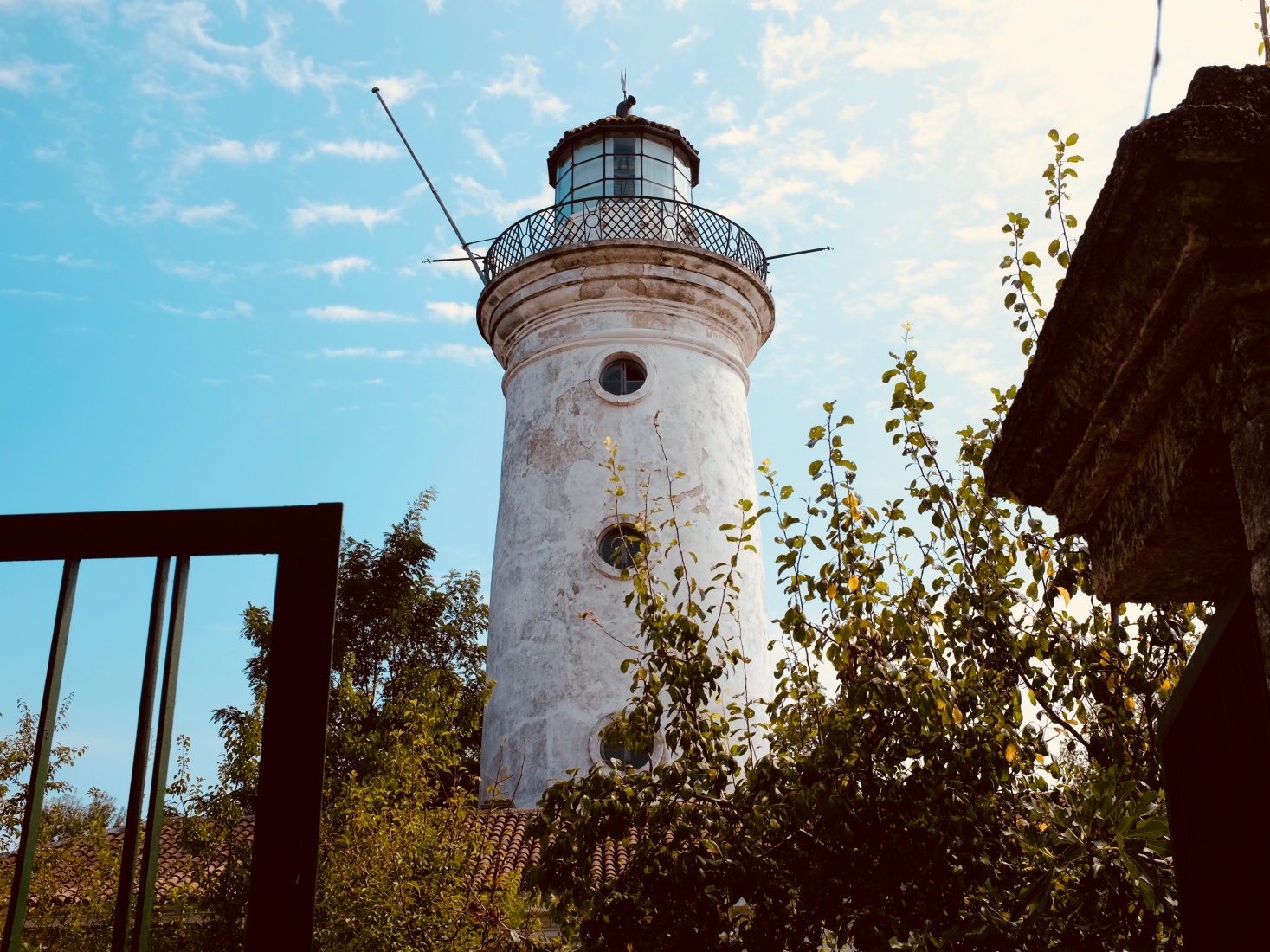
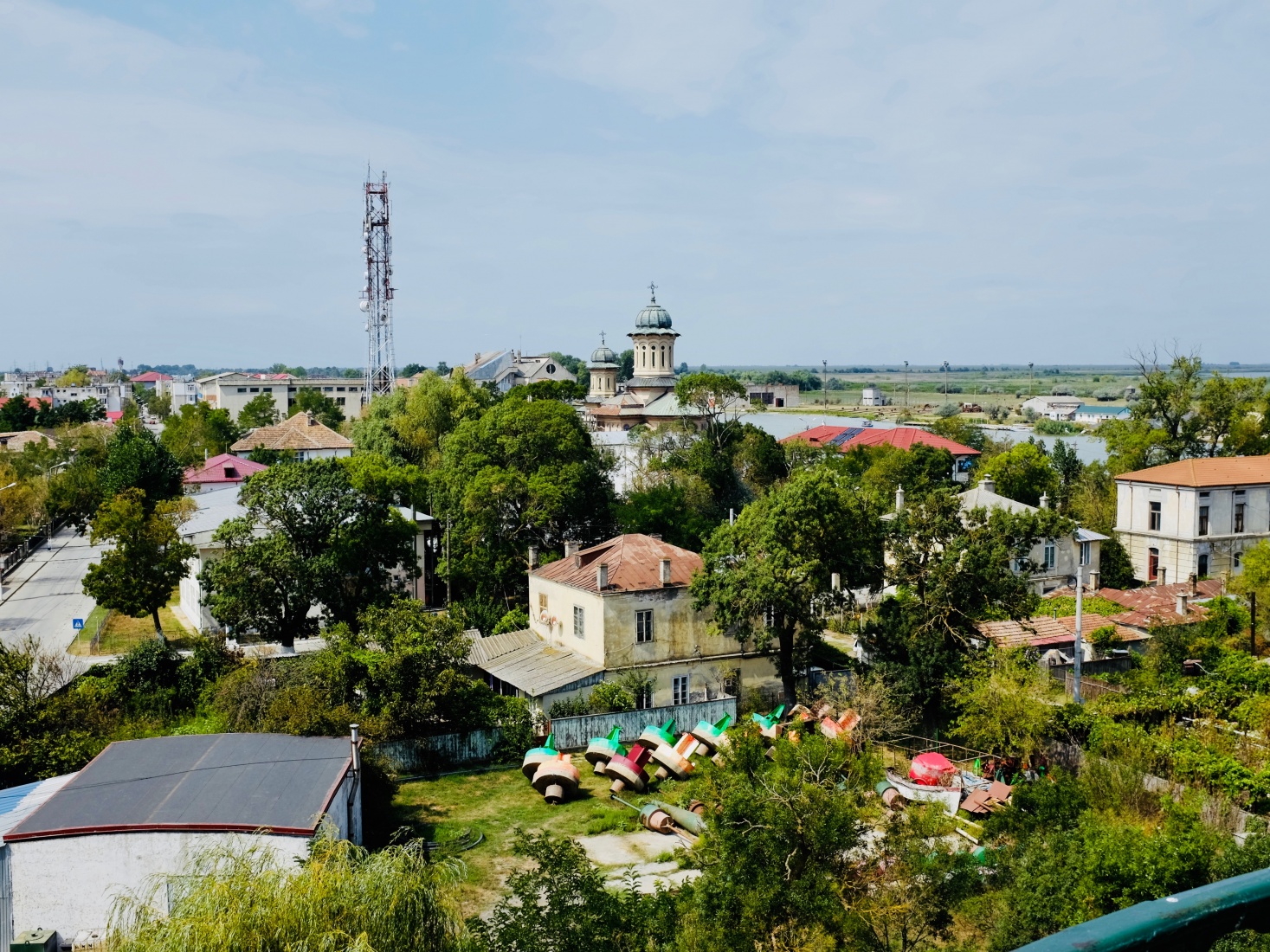
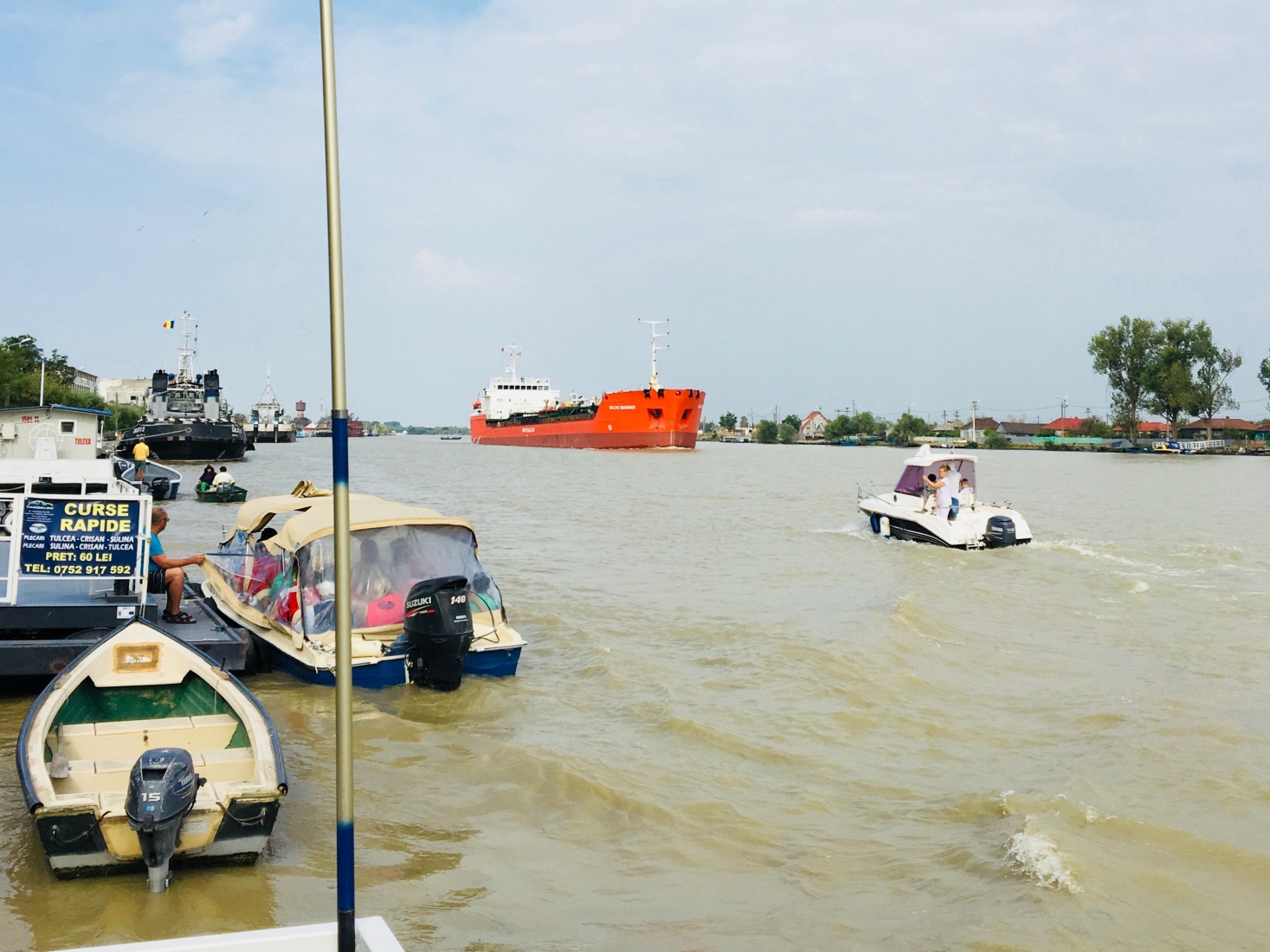
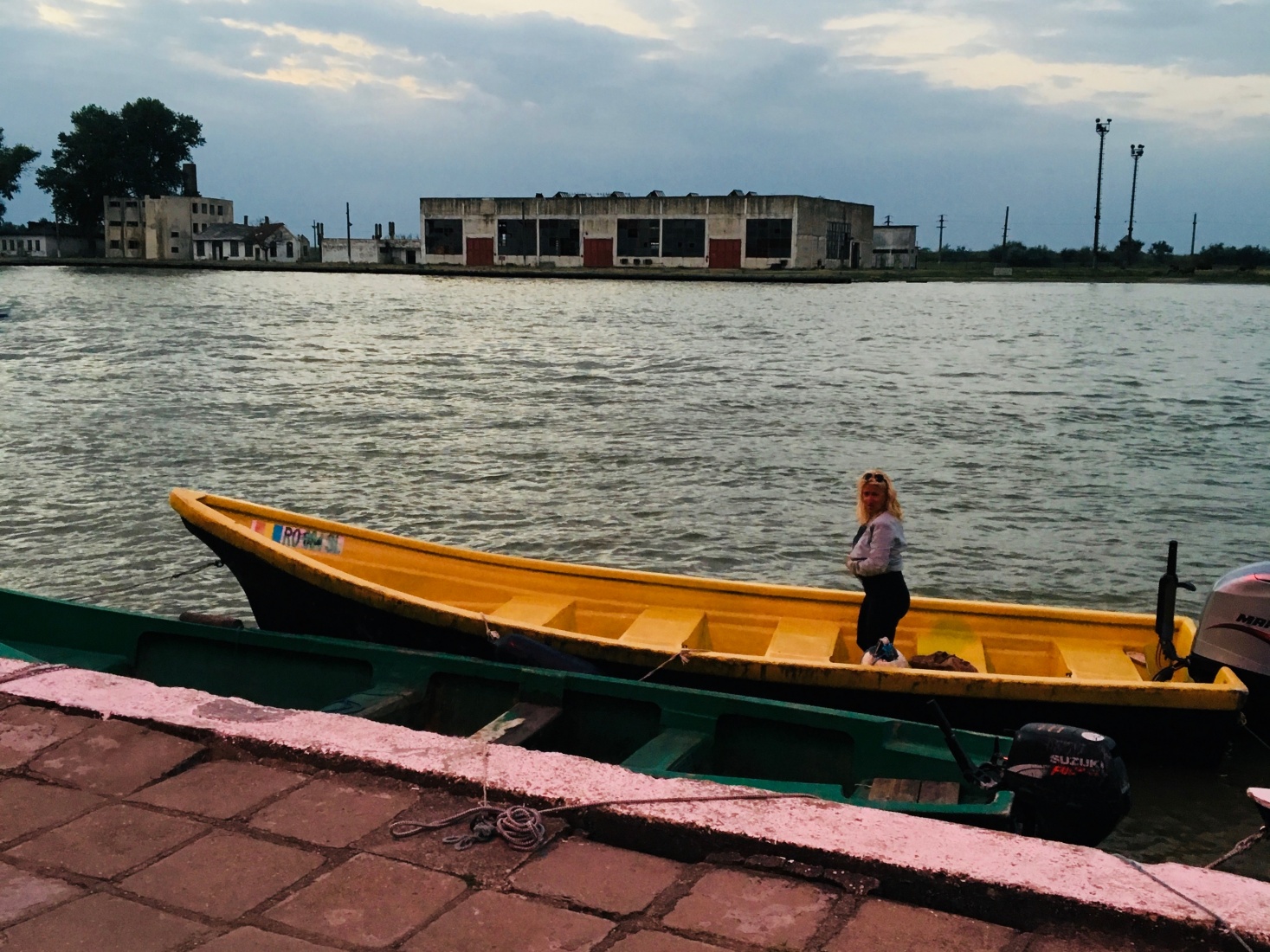
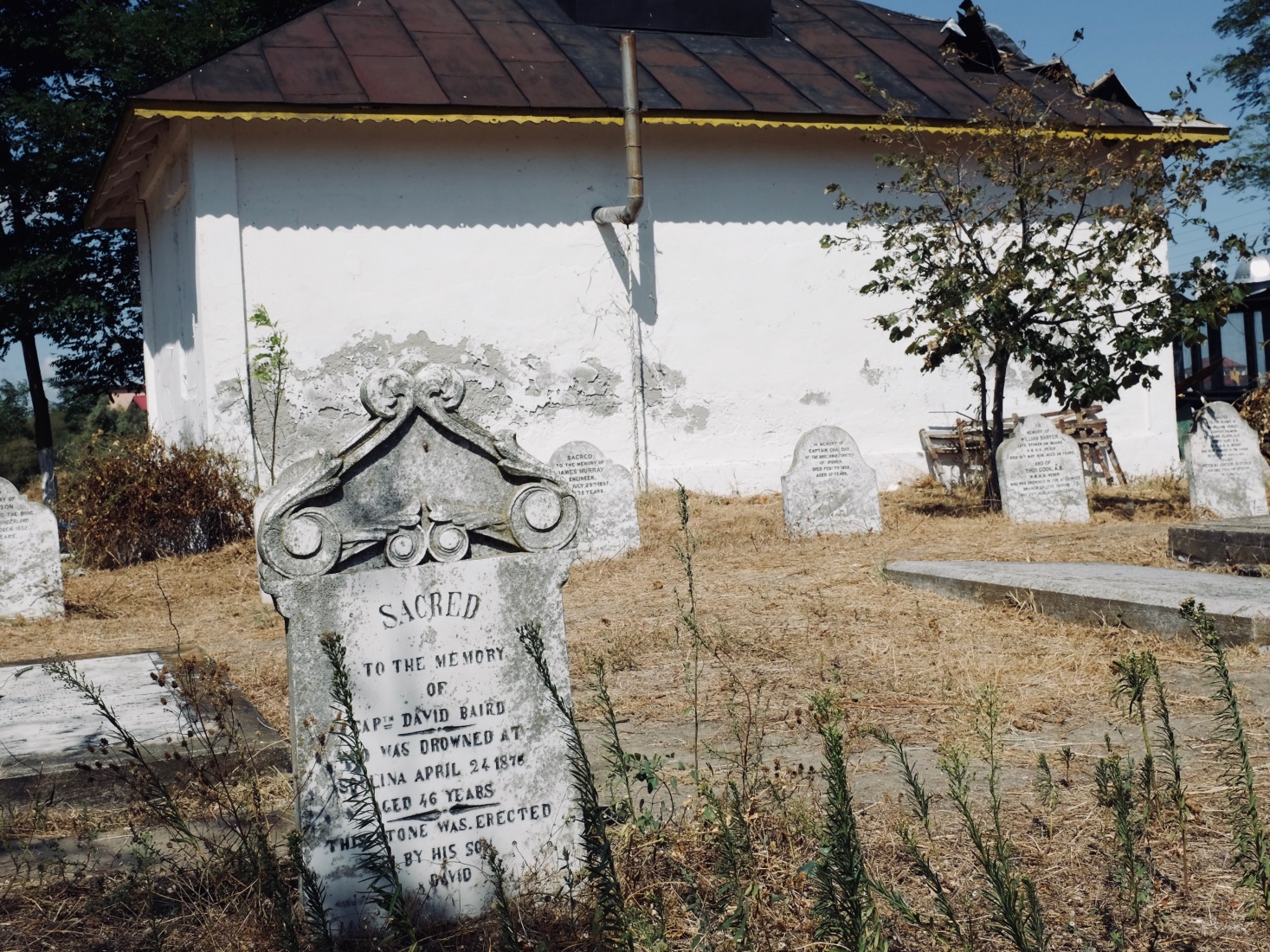
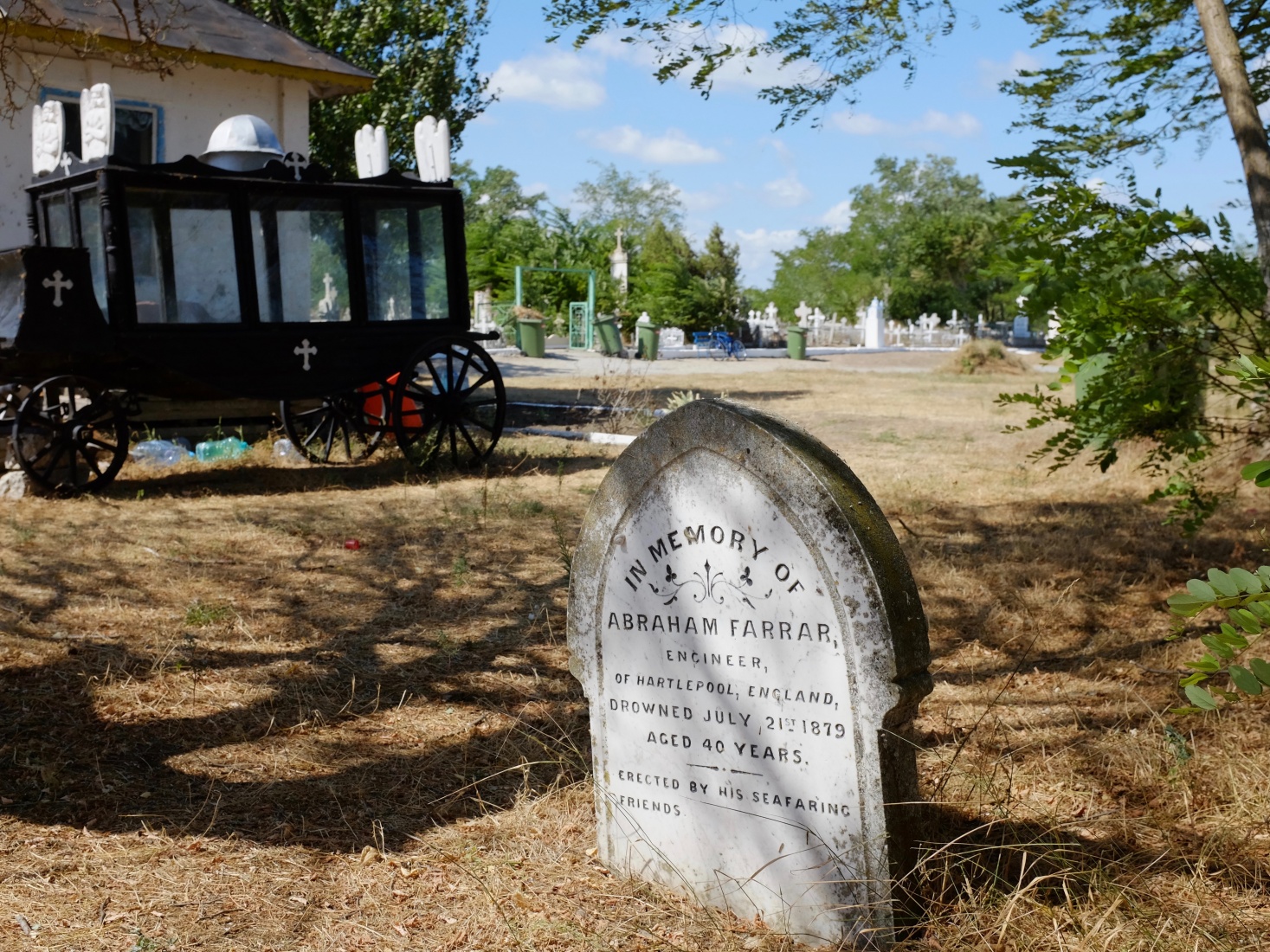
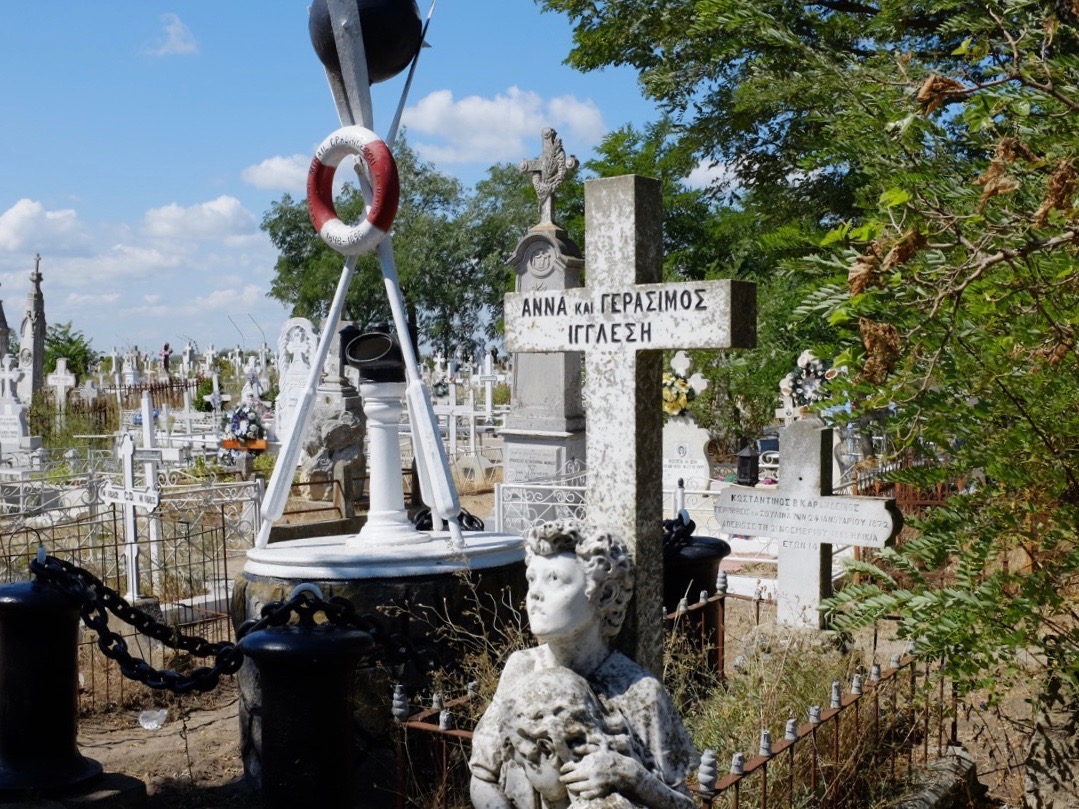
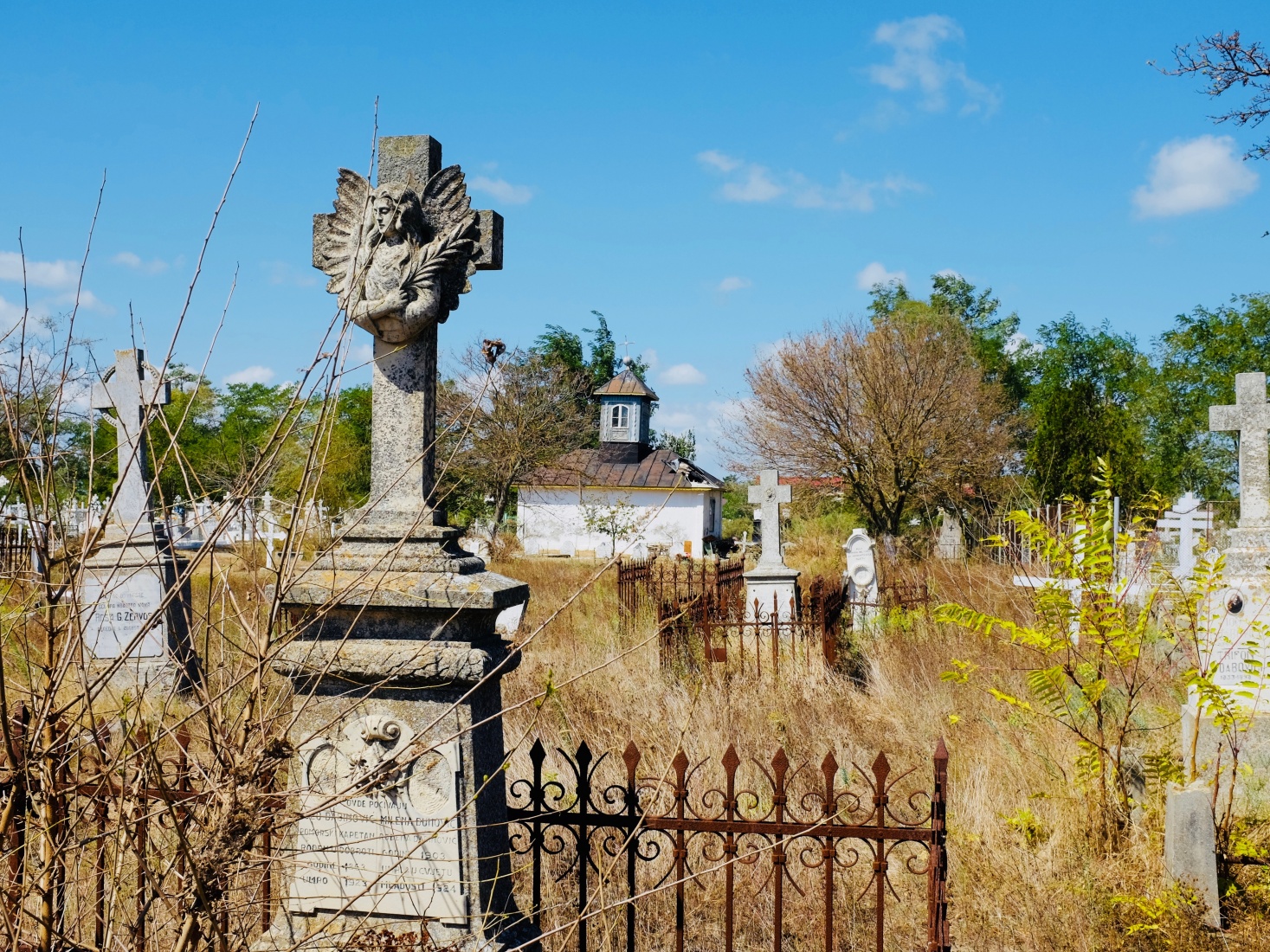

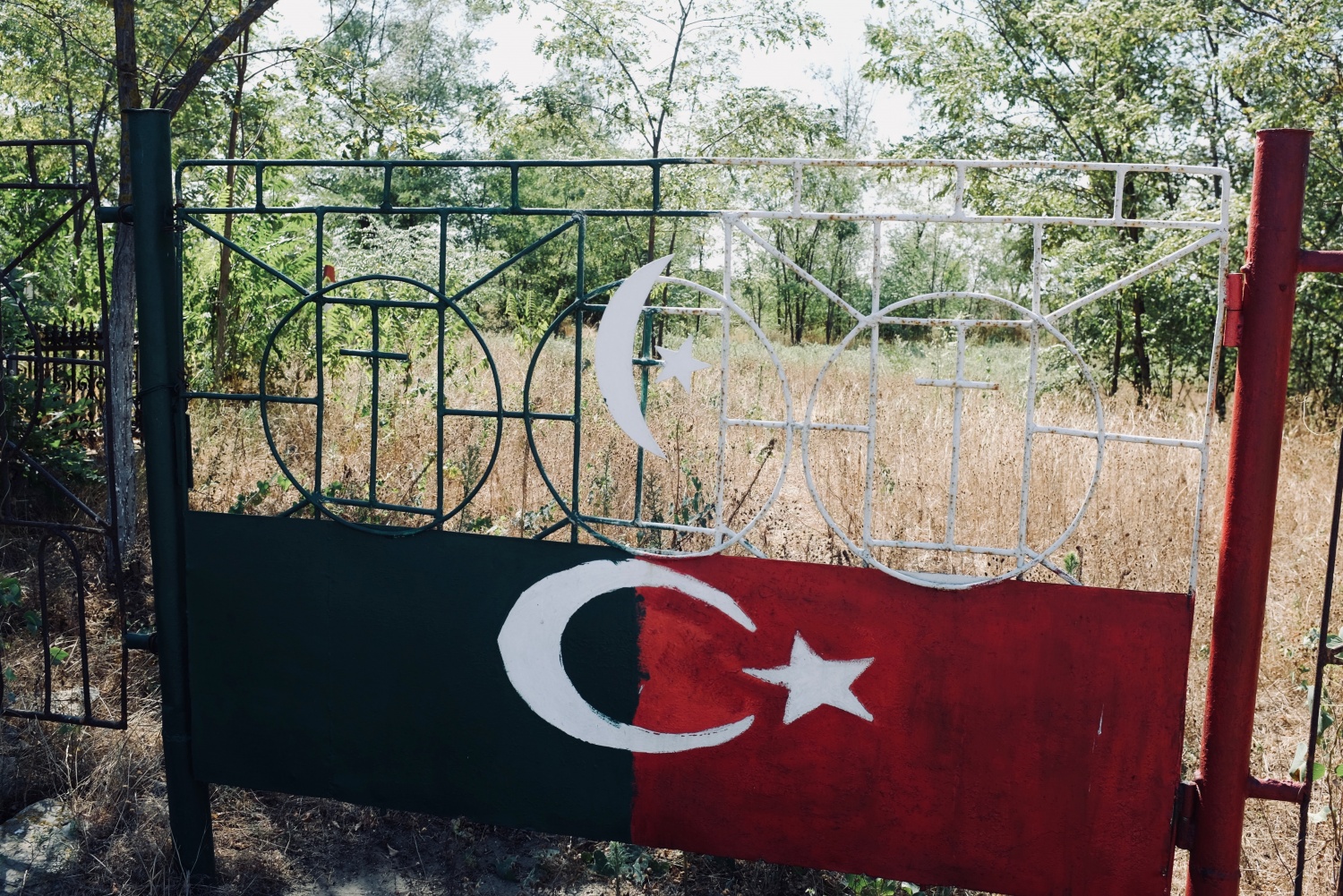
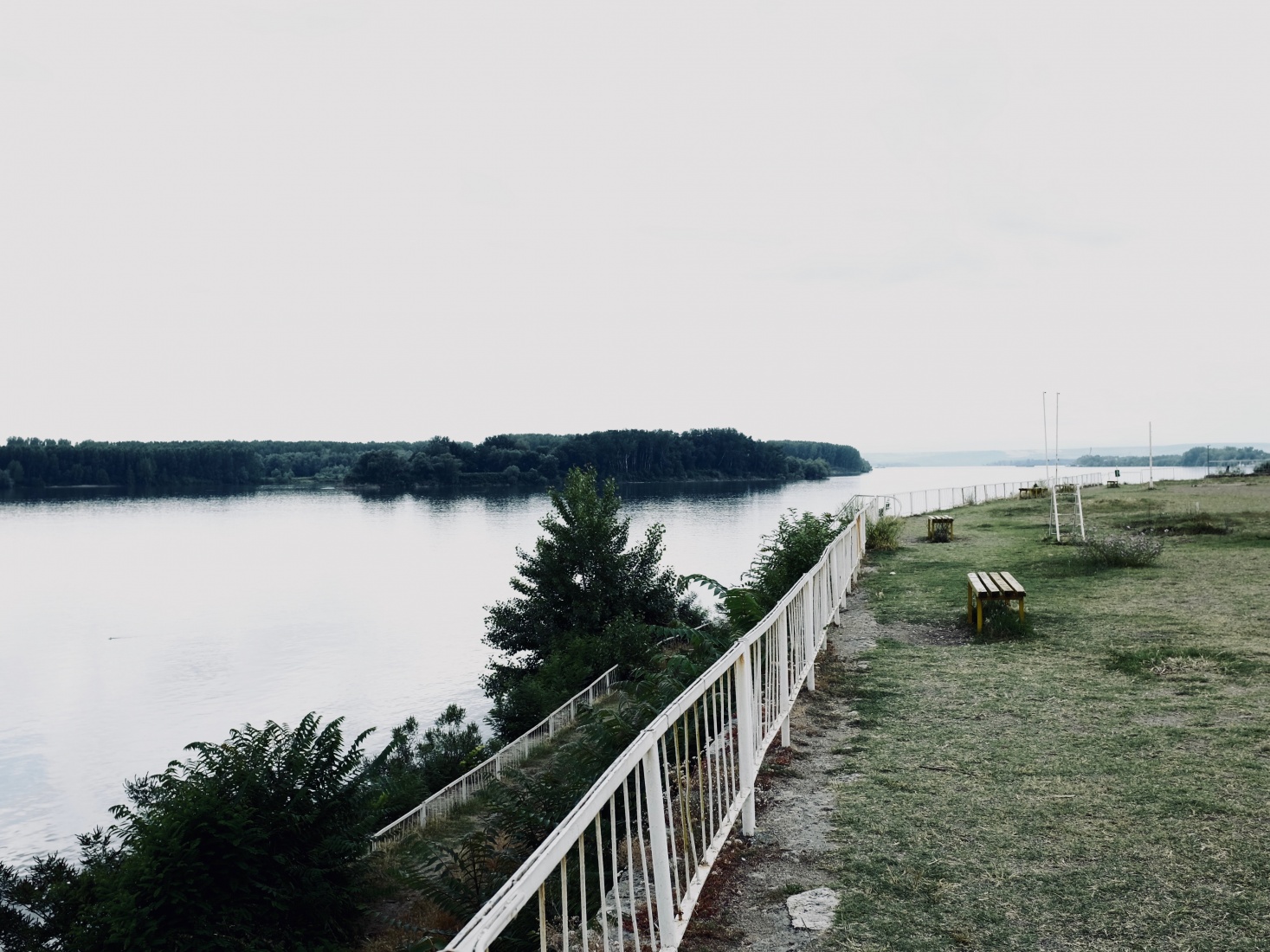
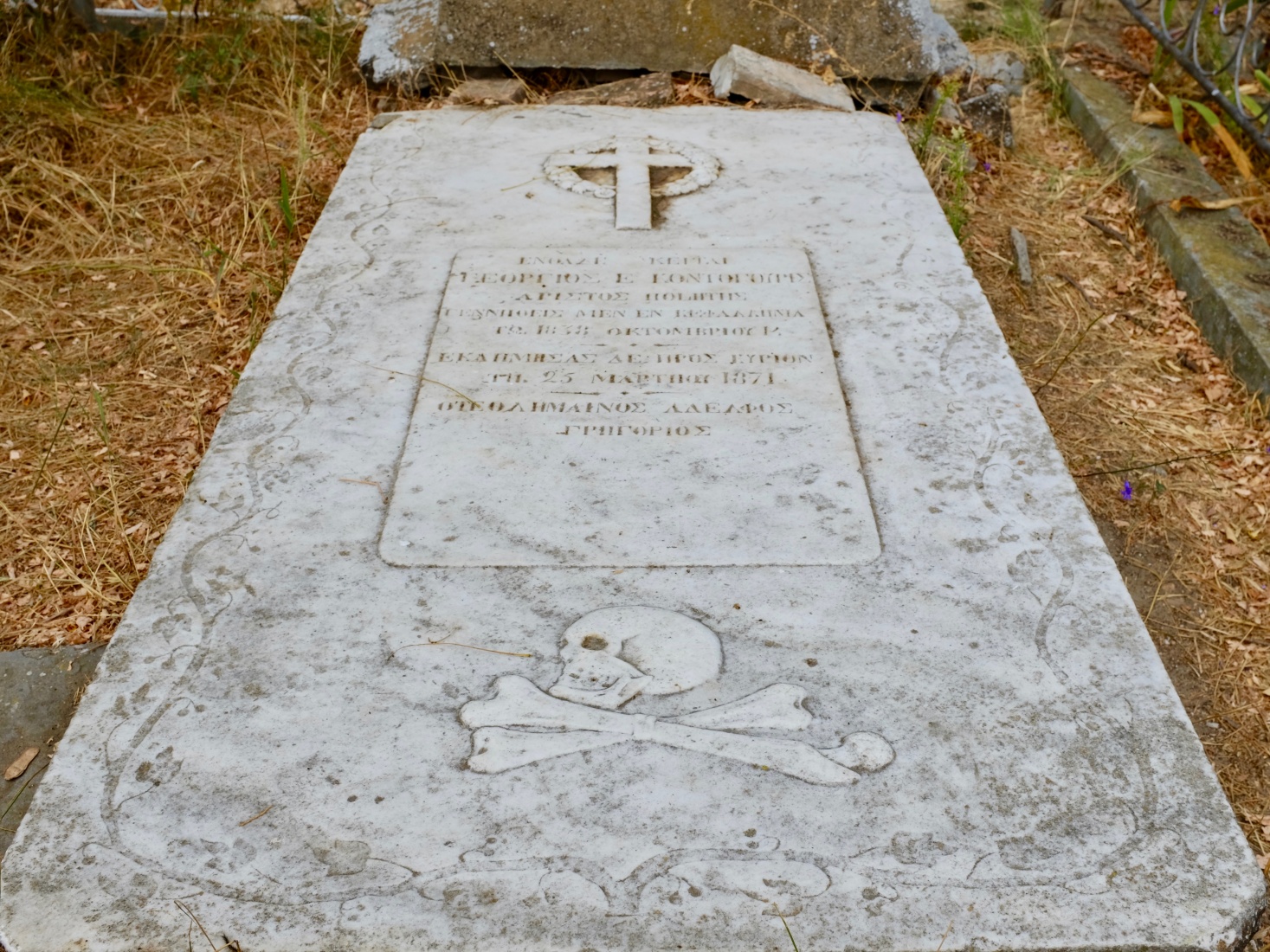

Ah! How fantastic that you’re doing that National Geographic cruise in the fall. So awesome to go all the way to Amsterday!
I really enjoyed this post—My husband David and I are taking my parents on a cruise on the Danube from Bucharest to Budapest in early October. I’m not sure I can slog my way through ‘Danube.’ Do you have any novels or memoirs that you recommend to get ready for the Danube and the countries along the cruise route?
I’m considering these—have you read any of them?
The World of Yesterday by Stefan Zweig
Danubia: A Personal History of Habsburg Europe by Simon Winder
The Hare with Amber Eyes: A Hidden Inheritance Paperback by Edmund de Waal
Between the Woods and the Water: On Foot to Constantinople: From The Middle Danube to the Iron Gates by Patrick Leigh Fermor
Border: A Journey to the Edge of Europe by Kapka Kassabova
The Lady in Gold by Anne-Marie O’Connor
The Invisible Bridge by Julie Orringer
And if you haven’t read ‘The Historian’ and ‘The Shadowland’ by Elizabeth Kostova, I recommend them 100%. Both made me very excited to travel in eastern Europe, and in addition to the compelling stories, her personal background is really interesting.
https://www.wordswithoutborders.org/dispatches/article/an-interview-with-elizabeth-kostova-jessie-chaffee
(I just re-read that interview with her, and now I’m wondering if you don’t actually already know here. Seems like you two might have crossed paths…)
I’m LOVING your blog. Thank you so much for sharing your writing.
Hi Melissa, thank you for your kind comments on the blog. Highly appreciated.
About the books, you mentioned. “The World of Yesterday by Stefan Zweig” is by one of the best writers on Central Europe of his day. “Danubia: A Personal History of Habsburg Europe by Simon Winder” is super funny and a great primer on Habsburg history. I loved it so much I might dedicate a future post to it. “Between the Woods and the Water: On Foot to Constantinople: From The Middle Danube to the Iron Gates by Patrick Leigh Fermor” is a master travel writer at the top of his game. I also love this book and Fermor’s power of description (but it’s about much more than the Danube). Another author for you to consider possibly is Joseph Roth, who understood the quirkiness of Central Europe better than maybe anyone else of his day. I’ve never met Elizabeth Kostova, but so many people have recommended her to me that I think it’s time for me to get with the program and read something! Thank you again for reading the blog and leaving your comment! Mark
Thank you for weighing in on the titles I’m considering! I’ll let you know what I end up reading—and if I find anything awesome to pass along to you 🙂
Hey Melissa, Please do. I’d love to swap book recommendations with you sometime! Mark
Pingback: Danube River Cruise - Episode 664 - Amateur Traveler
Pingback: Croisière sur le Danube (Podcast) – Voyageur amateur – Blog Voyage